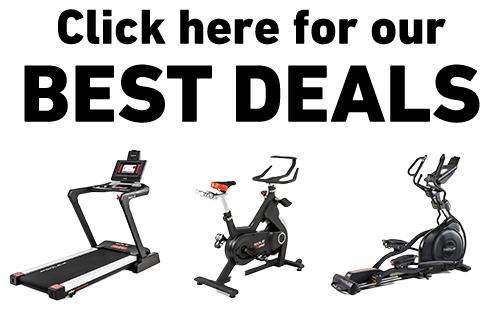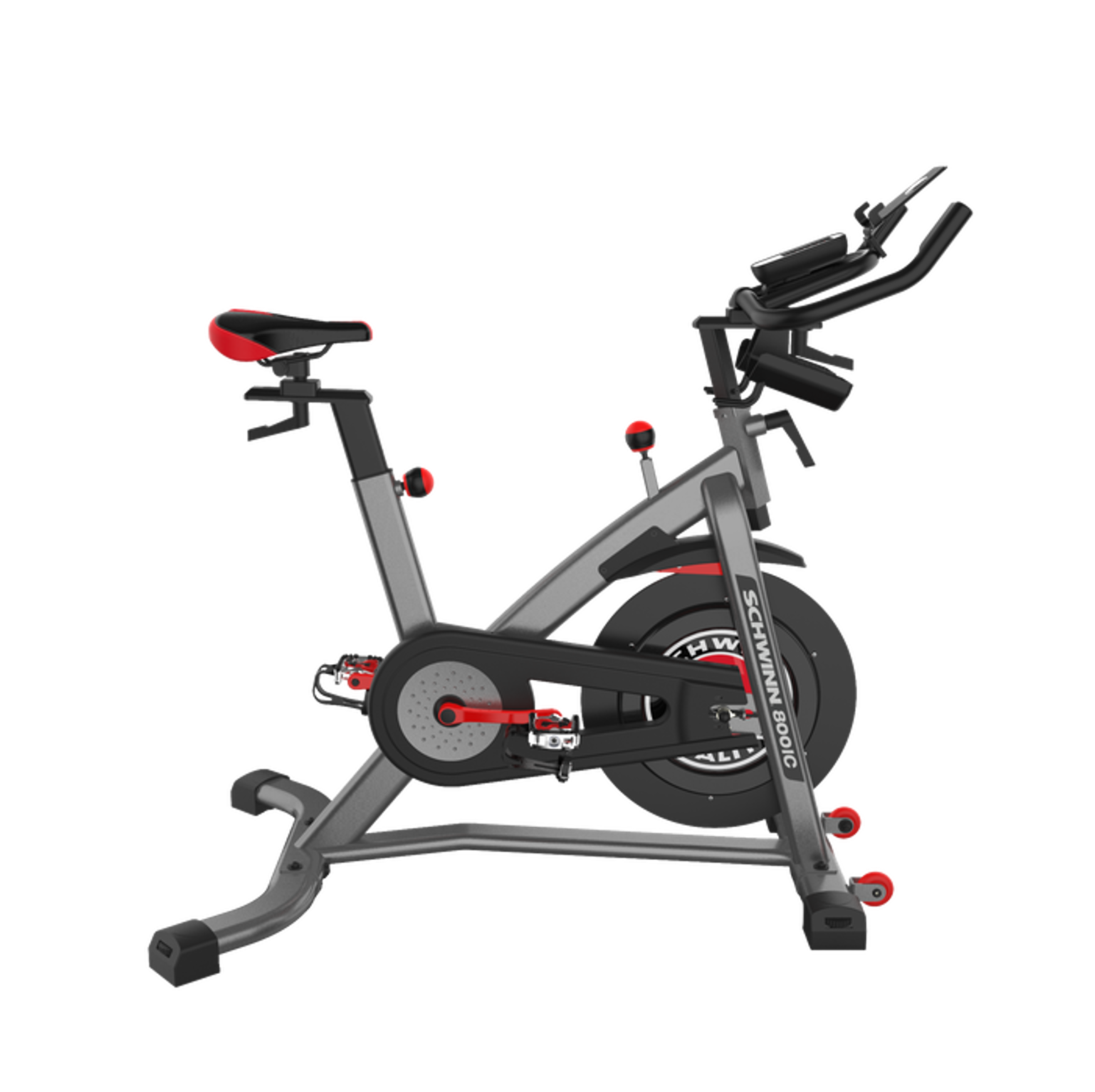Key Takeaways
- Elliptical belts can slip due to loose tension, wear and tear, or improper alignment.
- Signs of a slipping belt include uneven resistance, strange noises, and a wobbly motion.
- Regular maintenance can prevent belt slipping and extend the life of your elliptical machine.
- SOLE ellipticals, including models like the E25 and the E35, come with solid warranty coverage that gives you a solid workout experience.
Understanding Elliptical Belt Slipping
What Causes Belt Slipping?
Belt slipping in an elliptical machine can occur for several reasons.
Often, it's due to loose tension. Over time, the belt can stretch and lose its tightness, causing it to slip off the track.
Another common cause is wear and tear. If the belt has been used extensively, it might be worn out, leading to slipping issues.
Lastly, improper alignment can also cause the belt to slip. If the belt is not aligned correctly with the pulleys, it won't run smoothly.
Signs Your Belt is Slipping
One of the first things you might notice is uneven resistance. If the resistance changes unexpectedly during your workout, it could be a sign that the belt is slipping.
You might also hear strange noises, like squeaking or grinding, which indicate that the belt is not moving smoothly. Additionally, if the machine feels wobbly or unstable, it's worth checking the belt.
Impact on Your Workout
Besides being a nuisance, a slipping belt can significantly impact your workout.
It can make the exercise less effective by altering the resistance levels, which means you're not getting the workout you planned for.
A belt that slips unexpectedly can cause you to lose balance and potentially injure yourself.
|
At SOLE, we're proud to offer top-quality exercise equipment designed for home and gym use. Our machines are built to meet the highest standards of durability and performance, making them ideal for fitness enthusiasts at any level. SOLE Products
|
Steps to Fix an Elliptical Belt
Gather Necessary Tools
Before you start, make sure you have all the tools you need. Typically, you'll require a set of Allen wrenches, a screwdriver, and a flashlight to inspect hard-to-see areas.
Adjust Belt Tension
Adjusting the belt tension is usually the first step in fixing a slipping belt. To do this, locate the tension adjustment screws on your elliptical. These are typically found near the flywheel.
Use an Allen wrench to tighten or loosen the screws, adjusting the tension until the belt is snug but not overly tight.
- Turn off and unplug the machine for safety.
- Remove the cover to access the belt area.
- Locate the tension screws and use an Allen wrench to adjust them.
- Test the belt by manually moving the pedals to ensure proper tension.
Finding a balance is important; too much tension can cause the belt to wear out faster, while too little will result in slipping.
Realigning the Belt
After adjusting the tension, it's crucial to check the alignment. A misaligned belt can continue to cause problems even if the tension is correct.
Aligning the belt involves checking that it sits properly on the pulleys and that there are no twists or kinks. If the belt is off-track, gently guide it back into place, ensuring it's evenly positioned.
Inspect for Wear and Tear
Over time, components like the belt can become worn, leading to slippage and other issues. Regularly inspecting your elliptical for wear and tear can ensure that it runs smoothly.
- Begin by visually examining the belt for signs of fraying or cracking. A worn belt affects performance and can also pose a safety risk.
- Next, check the pulleys and other moving parts for any signs of damage or excessive wear.
- Also inspect the machine's frame and joints. Look for any loose bolts or screws, which can cause instability and noise during use.
Tightening or replacing worn parts helps maintain your machine’s integrity and prevents costly issues later.
Preventing Future Belt Slipping
Keeping the Belt Clean
Dust and debris can cause the belt to lose traction, leading to slipping. So, use a soft cloth to wipe down the belt regularly, and consider using a mild cleaning solution for more stubborn dirt.
Lubricating the elliptical belt can reduce friction and help it move smoothly. Check your machine's manual for specific instructions on lubrication, as using the wrong type of lubricant can damage the belt.
When to Seek Professional Help
Sometimes, despite your best efforts, the belt may continue to slip. In such cases, it might be time to consult a professional.
If you've tried adjusting the tension and cleaning the belt with no success, a technician can provide a more thorough inspection and identify any underlying issues that may not be immediately visible.
SOLE Ellipticals: Built to Last, Engineered to Perform
Elliptical machines are a popular choice for home workouts. By quickly fixing issues like belt slipping and following a consistent maintenance routine, your elliptical should remain in top condition.
SOLE ellipticals like the E25 and the E35, are built to last with heavy-duty steel frames, high-grade bearings, and easily accessible components that simplify maintenance and repairs.
Their modular design allows for straightforward part replacement, while the sealed ball bearings and industrial-grade motors require minimal servicing. In other words, these machines are notably durable even after years of intense daily use!
Ready to make your fitness journey productive? Check out our collection of SOLE ellipticals!
Frequently Asked Questions (FAQ)
Why does my elliptical belt keep slipping?
The belt on your elliptical may slip due to several reasons, such as loose tension, wear and tear, or improper alignment.
Over time, the belt can stretch and lose its tightness, which leads to slipping. Debris and dust can accumulate, causing the belt to lose traction.
Can I fix the elliptical belt myself?
Yes, you can often fix a slipping elliptical belt yourself by adjusting the tension and ensuring it is properly aligned. You can use an Allen wrench to tighten the tension screws and check the belt's alignment on the pulleys.
However, if the problem persists, consult a professional technician.
How often should I check the belt tension?
It's advisable to check the belt tension every 3-6 months, depending on how frequently you use the elliptical.
What happens if I ignore a slipping belt?
Ignoring a slipping belt can cause uneven resistance, which affects the quality of your workout, and may eventually lead to more costly repairs. Fixing the issue promptly is essential for both your safety and the longevity of the machine.
Are some ellipticals better at preventing belt issues?
Yes, high-quality ellipticals like the SOLE ellipticals are designed with robust components and advanced tension systems that minimize the risk of the belt slipping.







Leave a comment
This site is protected by hCaptcha and the hCaptcha Privacy Policy and Terms of Service apply.